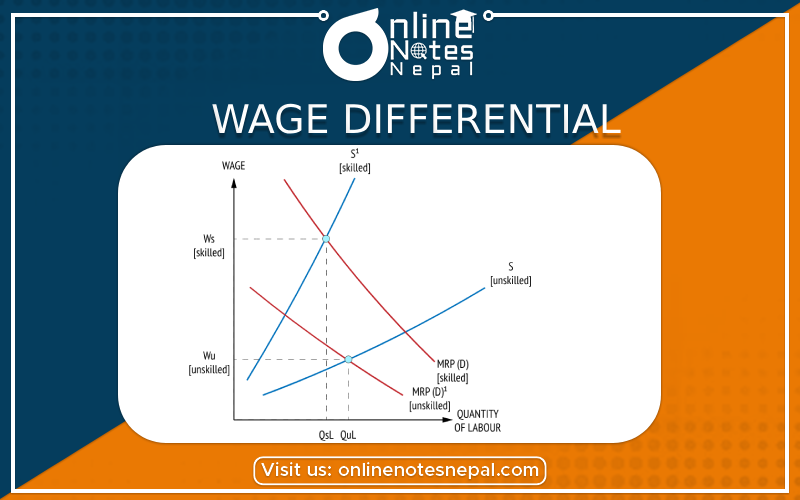Published by: Zaya
Published date: 16 Jun 2021

All the theories of wages (or labour) in general assume that labour is homogeneous. In this case, the price of labour tends to be the same in a perfectly competitive market. A wage differential refers to the difference in wages between people with similar skills within different localities or industries. It can also refer to the difference in wages between employees who have dissimilar skills within the same industry.
Types-
Causes of wage differentials-
1) Compensating wage differentials- Compensating wage differentials account for the non-monetary gains or costs that are associated with various kinds of jobs.
(a) The difference in Demand for Goods: Demand for labour is a derived demand. It depends upon the demand for goods in the production of which they are employed. Demand for different commodities is not the same. Differences in demand for different goods are an important factor that can be held responsible for wage differentials.
(b) Expenses on Training: There are certain occupations where a lot of training expenses are incurred. Special qualifications have been fixed for these occupations. For example, engineers and chartered accountants etc. have to attain special qualifications before they enter these occupations. In occupations where much training expenses are incurred, wages will be higher or vice-versa.
(c) Supplementary Income: People are ready to work at low wages in those occupations where they can supplement their income compared to workers working in those occupations where there are fewer chances for them, to supplement their incomes.
2) Non-compensating wage differentials- Non-compensating wage differentials have arisen from biological and acquired differences in the quality of labour offered by various people.
(a) Differences in Efficiency of Labour: All labourers are not alike. They differ in their efficiency. More efficient workers get better wages as compared to less efficient workers.
(b) Geographical Mobility: Wages differ within the same occupation in different places. A cobbler earns much more in Delhi than at Sonepat. These differences are due to the immobility of labour. This geographical immobility is caused by factors like lack of knowledge about the availability of work, family affection, customs, language etc.